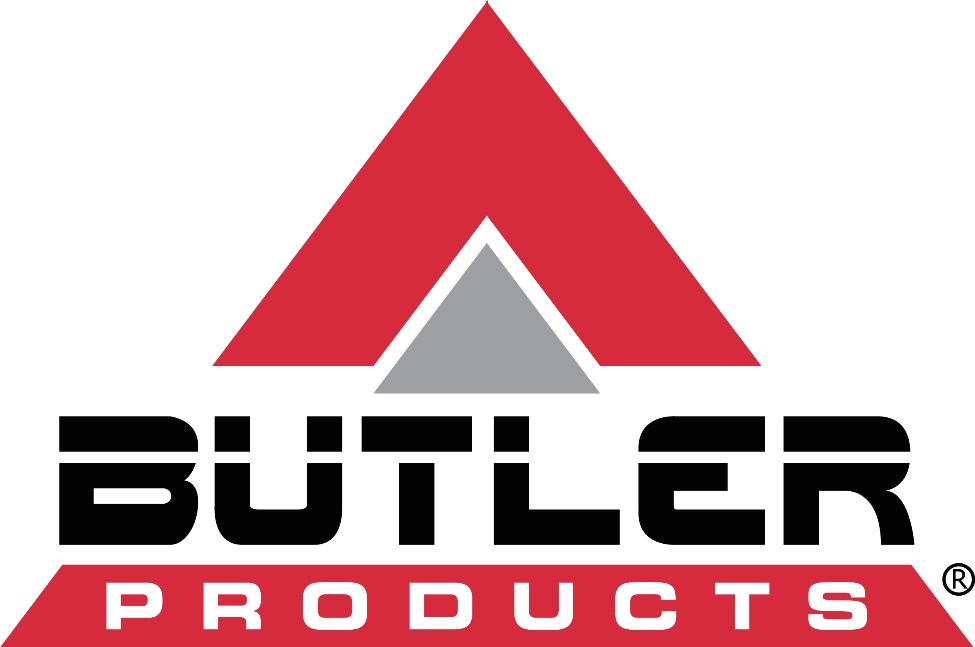Product Description
| Part No. | Gearbox | Low Gear Ratio | High Gear Ratio | Operational Lengths | Static Load Capacity(Lbs.) | Travel | Weight(Lbs.) | Wheel Style |
|---|---|---|---|---|---|---|---|---|
| Heavy Duty Trailer Stabilizer | ||||||||
| HST-400G | 2-speed | 32.3 Cranks/in. | 4.5 Cranks/in. | 41″ – 55″ | 100,000 | 13.5″ | 200 | 16″ semi-pneumatic |
| Trailer Stabilizer Stand | ||||||||
| ST-100-C | N/A | N/A | N/A | 44″ – 51″ | 50,000 | 7″ | 36 | N/A |
*”It is recommended that an adequate stabilizing device or devices be employed at the front of the trailer in all cases where a trailer is being loaded or unloaded with the trailer resting on its support legs rather than on a tractor fifth wheel or converter dolly.” (TTMA Technical Bulletin No. 57)
**”Fixed jacks may be necessary to prevent up-ending during loading and unloading when trailer is not coupled to tractor.” (OSHA 1910.178 k 3)






